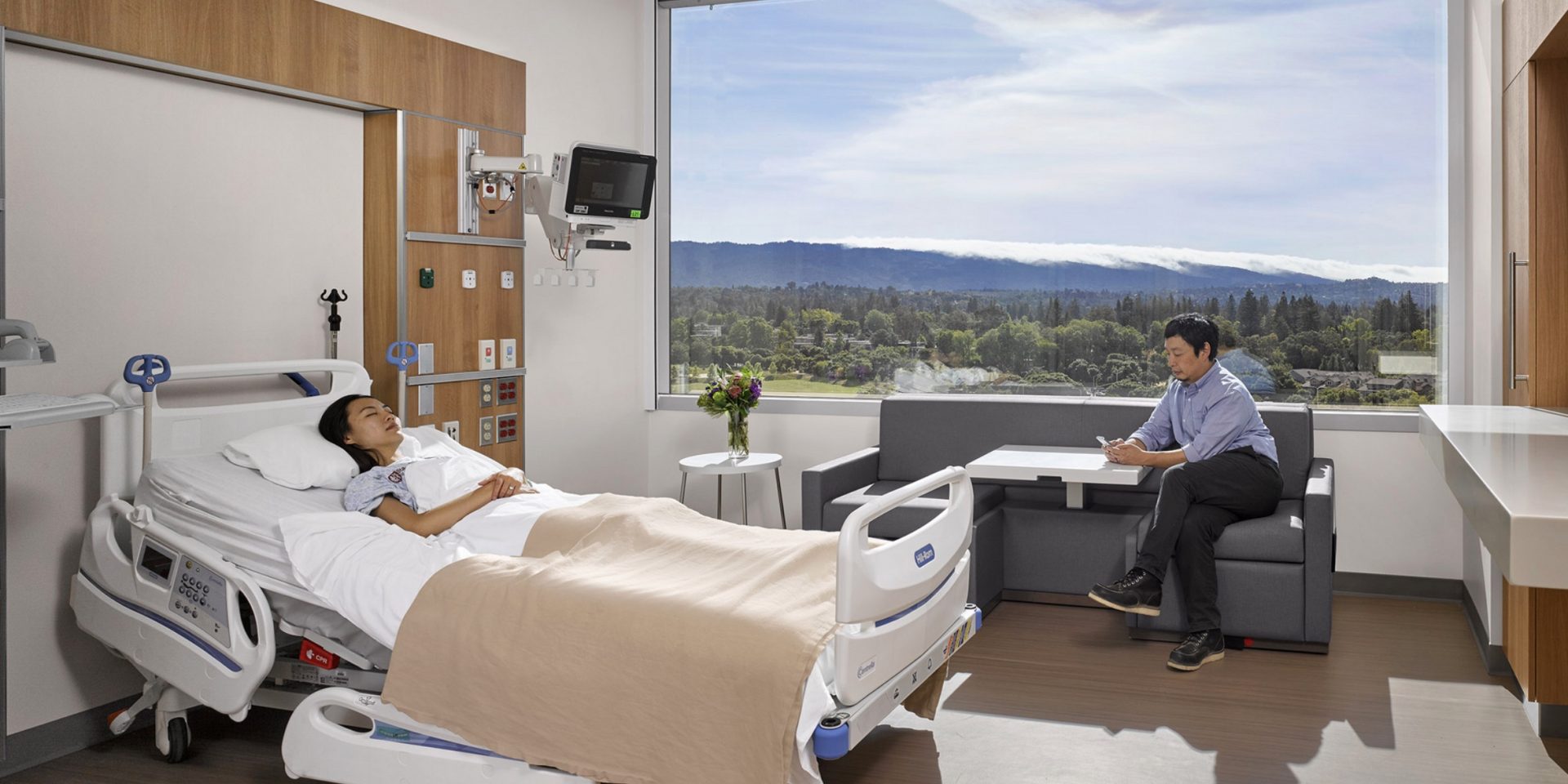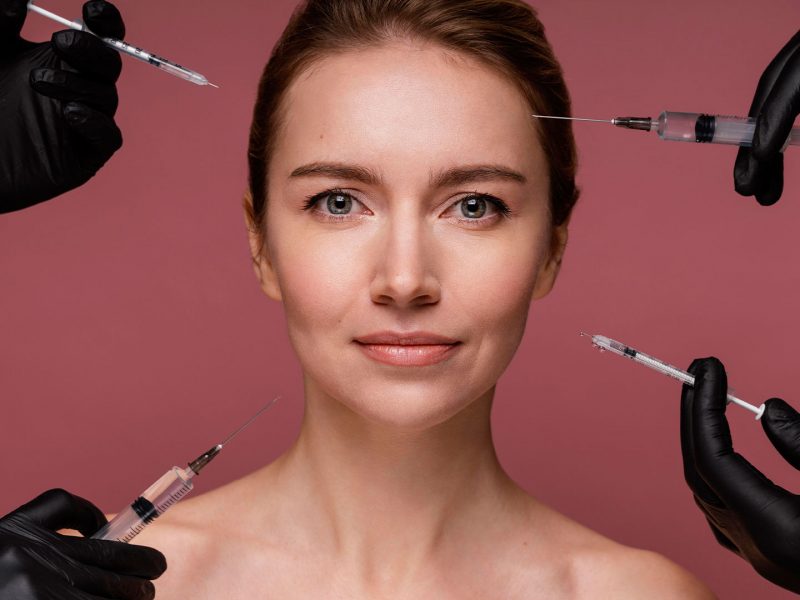Postoperative Recovery Process (Day 2 – 1 Month)
Medications
Please make sure to take all the medications prescribed by your doctor. Complete the entire course and don’t forget to take your doses regularly. Unless otherwise instructed, you may resume taking the medications you were using prior to surgery.
Here is how to use the medications we have prescribed:
•Antibiotic: 1 tablet twice daily (morning and evening)
•Painkiller: Up to 4 tablets per day if needed (do not take it if you are not experiencing pain)
•Antibiotic Cream: You do not need to use this cream until your first follow-up appointment. During that visit, the bandages over your stitches will be removed, and you’ll be instructed to apply the cream twice daily. When using the cream, ensure that the incision sites are clean and dry. Apply a thin layer with clean hands — this will be sufficient.
Dressings and Drains
Depending on the type of surgery, plastic tubes (drains) may be used to help remove excess fluid or blood from the body. These are usually removed the day after surgery, but in some cases, they may remain longer — this is for your safety and healing.
You may take a shower 48 hours after surgery (one day after the drains are removed). After showering, ensure your wound dressings are completely dry (you may use a towel or a hair dryer on a cool setting).
Do not shower while drains are still in place. Keep in mind that showering will not harm your healing process if done correctly.
All stitches used are self-dissolving. Unless you are told otherwise, you do not need to do anything additional.
Please follow your doctor’s instructions regarding dressing changes. Be sure to wear your post-op compression garment as advised. It is recommended to wear it consistently for one month. You may take short breaks during the day (max 10 minutes), but be sure to put it back on afterward. The garment should be snug but not uncomfortably tight. Proper compression is essential for effective healing.
Activity & Movement
Feeling tired during the first week is normal, and frequent rest may be needed. However, complete bed rest is not recommended. Light walks inside your home, outside, or in the park are beneficial for circulation and overall recovery.
Avoid any physical exercise (sports, swimming, weightlifting, etc.) for the first 1 month.
If you are not in pain or discomfort, you may resume light activities after one week, such as driving, desk work, small household tasks, and lifting items up to 5 kg.
Please do not smoke. Even secondhand smoke can delay healing. (If you are a smoker, this may be a great opportunity to quit.)
Unless otherwise advised, avoid sexual activity for the first 6 weeks after surgery.
Contact Us Immediately If You Experience:
•A high fever
•Persistent vomiting
•Heavy bleeding that soaks through your dressings
•A sudden increase in drainage, swelling, or pain at the incision site
•Any concerns about your care, medications, or post-op instructions
Healing
Swelling and bruising will gradually subside over time. The length of this process can vary from person to person, so don’t be alarmed if it takes longer than expected.
After your bandages are removed, we recommend using antibiotic cream for 3 more weeks. After this period, during your follow-up or through photo assessment, your healing will be evaluated. If all is progressing well, you may stop the antibiotic cream and begin using scar-reducing creams (such as Dermatix, Scarex, Siliskar, etc.) twice daily.
Studies have shown that silicone scar sheets are also effective in reducing the appearance of surgical scars. These sheets should be placed directly over your incision and left in place 24/7. You may remove them for showers and reapply afterward. For best results, they should be used consistently for 3 months.
In the early recovery period, we strongly advise avoiding sunbathing, saunas, tanning beds, or any high-heat/UV exposure. These can worsen scarring and pigmentation. If possible, wait at least 6 months before resuming such activities.
Follow-Up Appointments
Please do not skip your follow-up appointments.
If you live abroad or outside the city and cannot attend in person, you may send clear photos of the surgical area from front, side, and angled views. Our doctor will review your photos and provide a detailed evaluation and recommendations as soon as possible.




